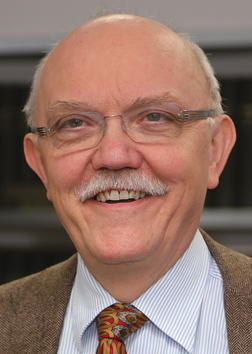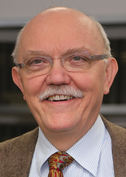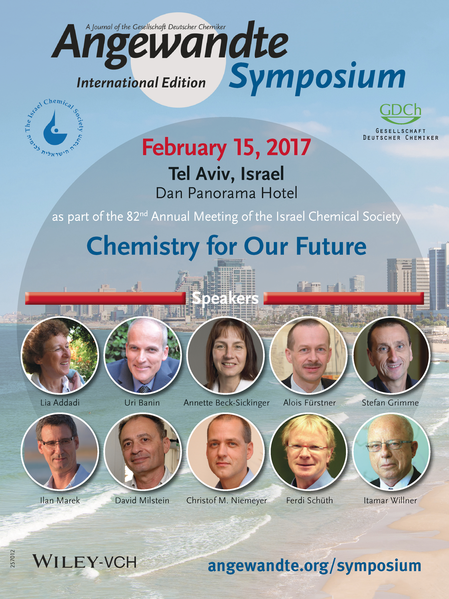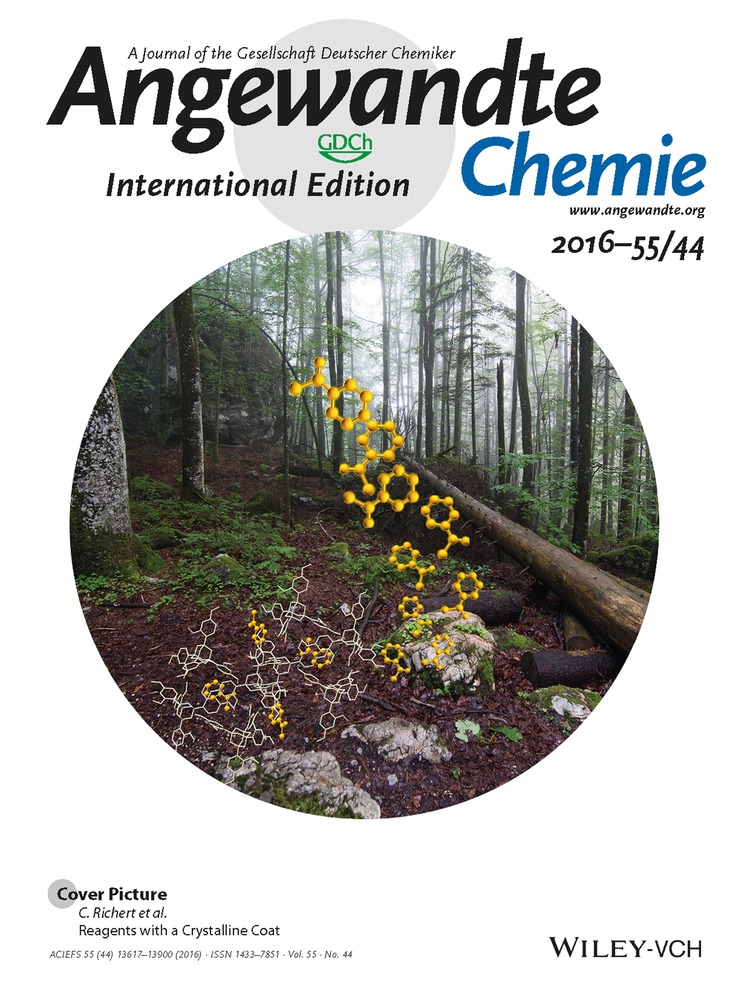Preprints, Impact Factors, and Unethical Behavior, but also Lots of Good News
Graphical Abstract
Preprints as well? There is already the Accepted Article (published directly after refereeing and author revision), the Early-View/ASAP-Version (after refereeing, editing and proofing), and the final Version of Record. The problems with preprints are discussed in this Editorial along with the undeclared resubmission of previously rejected manuscripts: publication times, color costs, and Angewandte Symposia are further topics.
We will start with claims of priority: will many thin papers be produced in which priority claims will be based on less, or not even available, data? As a result, chemists will succumb to even more rapid fire publication; editors and referees who may get in the way of this, will be bypassed. Next, freely available: fine, but who carries the cost? According to a recent article in Nature (2016, vol. 534, p. 602), the running cost for maintaining the physics arXiv are ca. 1 million US Dollar per year and currently fund raising for an extra 3 million US Dollar is underway for modernizing the site. And then: there would be yet another manuscript version (“fully citable”) that means in the future: 1. Preprint, 2. Accepted Article (after refereeing and author revision), 3. EarlyView/ASAP-Publication (after refereeing, editing, and proofing) as well as 4. the archive version (Version of Record with corrections after the first proper online publication); yet another one is at least one too many. As Preprints are publications (“fully citable”) and not privately sent manuscripts, they would certainly have an impact on the normal publication process: Would publishers, editors, and referees invest the same amount of effort for manuscripts that are already published? And finally: the time factor is always given as the most important argument for the introduction of preprints: The current publication process with refereeing and revision is too time consuming for the preprint supporters. During a recent discussion for introducing a preprint server for biologists (Science, 2016, vol. 352, pp. 899–901) it was emphasized that the time for the refereeing process has increased in the last 10 years from around 85 to over 150 days; in mathematics much longer times are reported. These times sound terrible and are clearly in need of improvement. Things are much better for chemists: Thanks to a healthy competition between chemistry journals, the time from submission to first online publication (as Accepted Article) is in most cases less than 50 days, the refereeing often taking less than a month (instead of more than 150 days).
What follows for Angewandte Chemie, a journal of the German Chemical Society (Gesellschaft Deutscher Chemiker, GDCh)? As a rule we only publish manuscripts that are not previously and publically available anywhere else. That is not going to change, and I hope that other good journals will maintain this practice and that authors will not become nervous (or more nervous than they usually are in the publication process).
On the subject of publication times: This year, Angewandte Chemie, will receive approximately 12 000 Communications, of these, a good third (>4000) are directly rejected, usually within 36 hours. The other almost 8000 Communications go to referees, who on average provide reports in around 15 days. Even when a second round of refereeing is required, the total time is still acceptable in most cases. For Angewandte Chemie almost 80 % of the submitted manuscripts are rejected, in this year about 9500; in many of these cases the authors are offered a publication in one of our sister journals, at which new refereeing is either not required or the same referees can assess the revised manuscript. The around 2500 accepted Communications are edited, corrected, and the final version published on average in a little over two months after the initial submission. These times are similar to those of many other chemistry journals whether they are published by the GDCh, ChemPubSoc Europe, the ACS, or the Royal Society of Chemistry (RSC). “Accepted Articles” in general appear at least 15 days faster.
Since August, the Accepted Article mode has also been offered by Angewandte Chemie for the publication of Reviews and Minireviews, as these are published in both English and German which naturally requires more time for the editing (and translation) process. This piece of good news for authors is followed by another: Color costs no longer apply to all forms of Reviews, Highlights, and Essays (free color!), for Communications color costs only apply to the first two color graphics, all subsequent color pictures in the article are free. With immediate effect, color is free in Chemistry—A European Journal, which means that color is now free in all the ChemPubSoc Europe and ACES sister journals of Angewandte Chemie.
Now to the impact factor, which I mentioned in the title to attract readers, as my editorial in Issue 1/2015 was, even in the 12 months from August 2015 to July 2016, the most down-loaded article in the International Edition of Angewandte Chemie—thanks to its title “The Impact Factor of Angewandte Chemie…” It is amazing the way this number has become an obsession for scientists, publishers, and many others, other metrics don't play any significant kind of role, although they are also a scourge. Mario Biagioli, a Professor at the University of California in Davis, recently, in an article in Nature (2016, vol. 535, p. 201), alluded to the Goodhart law, which states that every indicator of economic performance becomes useless after a certain time because it will inevitably be manipulated. The same must also be true for indicators that supposedly measure the performance of scientists or the value of their publications.
To bring their articles into a journal with a high impact factor, there are a few authors who are quite prepared to deceive publishers, editors, and referees. The most common unethical practice noticed by us (and acted upon) is the undeclared resubmission to the same journal of a previously rejected manuscript; it makes extra work for editors and, if unnoticed by the editors, for referees; it is based on the assumption that scientific publication is just a game. When asked what is required to win the Nobel Prize, Lord Todd said “Hard work is the minimum requirement, creativity, intelligence and motivation are also needed.” Deception was not mentioned!
Speaker |
Lecture title |
|---|---|
Thomas Carell, LMU, Munich, Germany |
New DNA Bases: Beyond Watson and Crick |
Emmanuelle Charpentier, MPI für Infektionsbiologie, Berlin, Germany |
CRISPR-Cas9: A Swiss-Army Knife for Genetics |
François Diederich, ETH, Zürich, Switzerland |
Structure-Based Drug Design: From Deciphering Weak Intermolecular Interactions to New Agents against Infectious Diseases |
Ben Feringa, Groningen University, The Netherlands |
Light on Health, a Bright Future |
Robert Grubbs, California Institute of Technology, Pasadena, USA |
Development of Selective Olefin Metathesis Catalysts |
Kenichiro Itami, Nagoya University, Japan |
Making Structurally Uniform Nanocarbons and a New Form of Carbon |
Jürgen Kaube, Frankfurter Allgemeine Zeitung, Frankfurt, Germany |
Über Wissenschaft und Politik |
David Leigh, University of Manchester, UK |
The Magic of Molecular Machines |
William E. Moerner, Stanford University, USA |
Light and Single Molecules Open a New Window Into the Nanoscale and Biomolecular Dynamics |
Frank Neese, MPI für Chemische Energiekonversion, Mülheim, Germany |
Perspectives for Theoretical Chemistry: From Enzymes to Materials |
Petra Schwille, MPI für Biochemie, Martinsried, Germany |
How Simple Life Could Be |
Jack Szostak, Massachusetts General Hospital and Harvad University, Cambridge, USA |
From Chemistry to Life: How did it happen |








